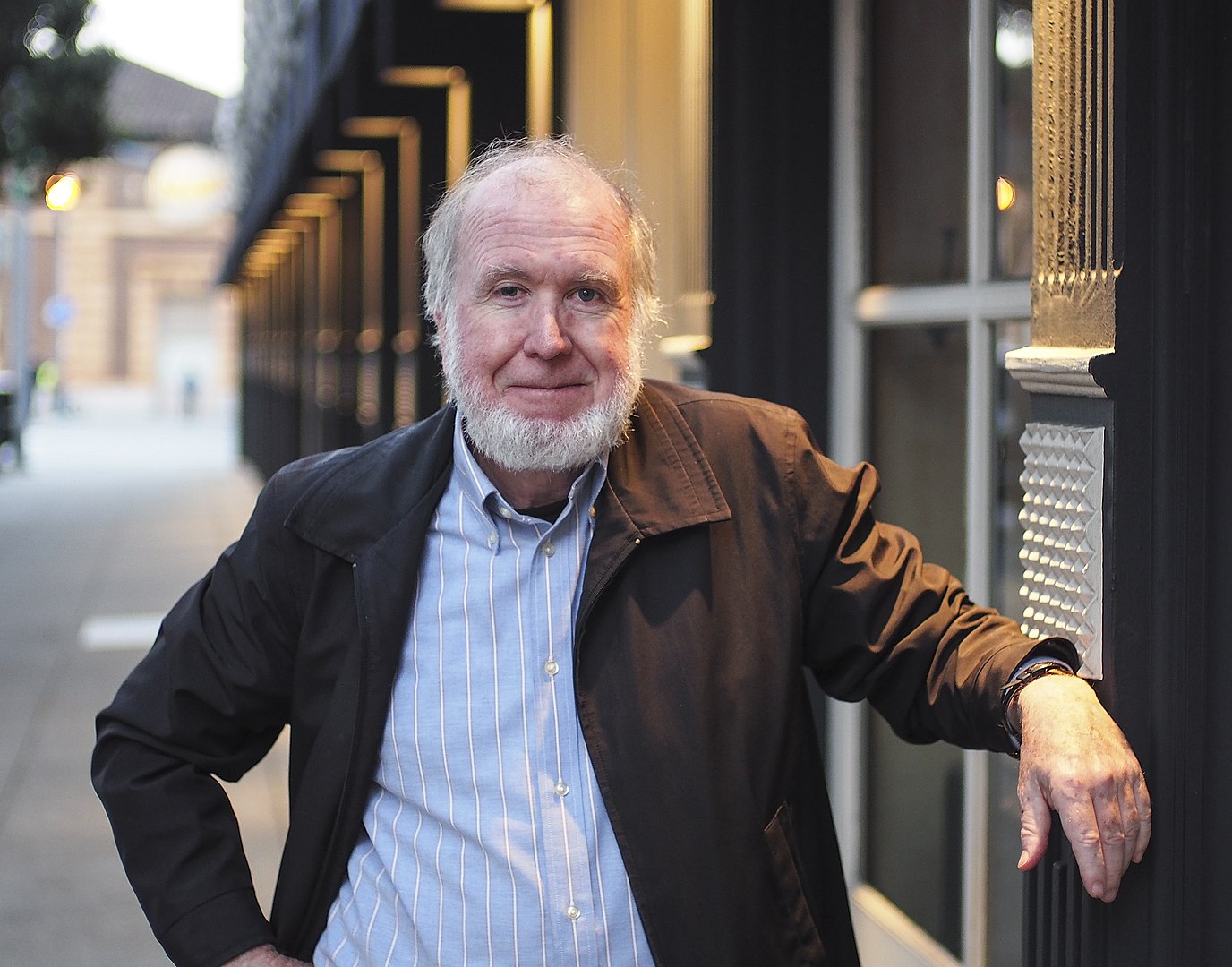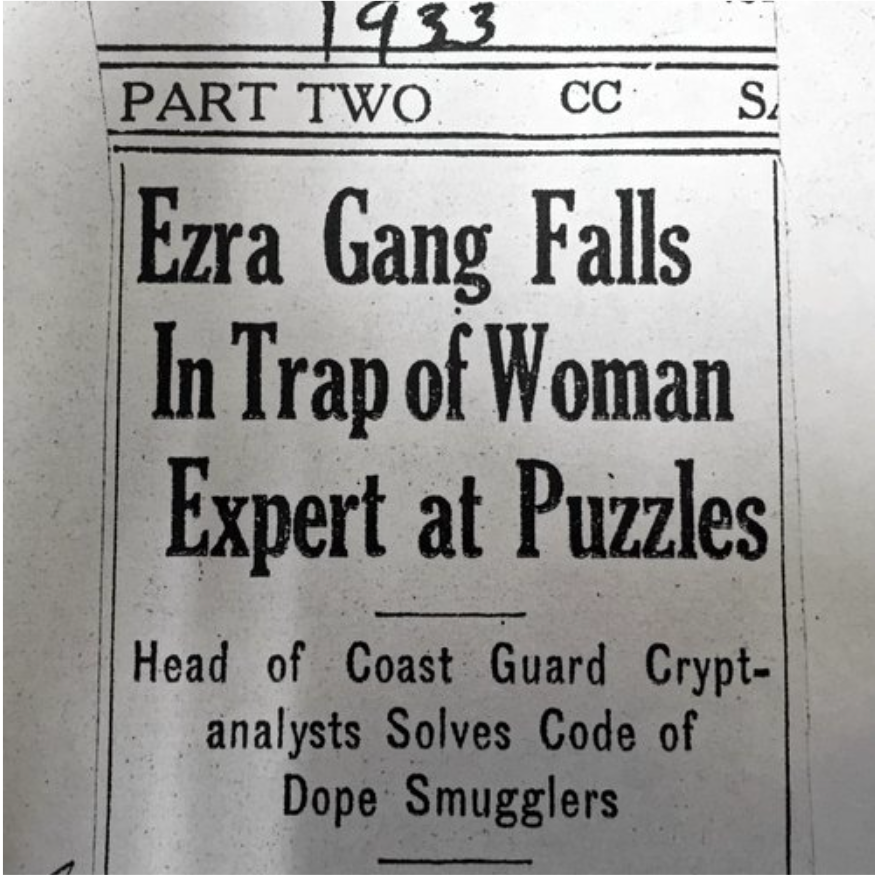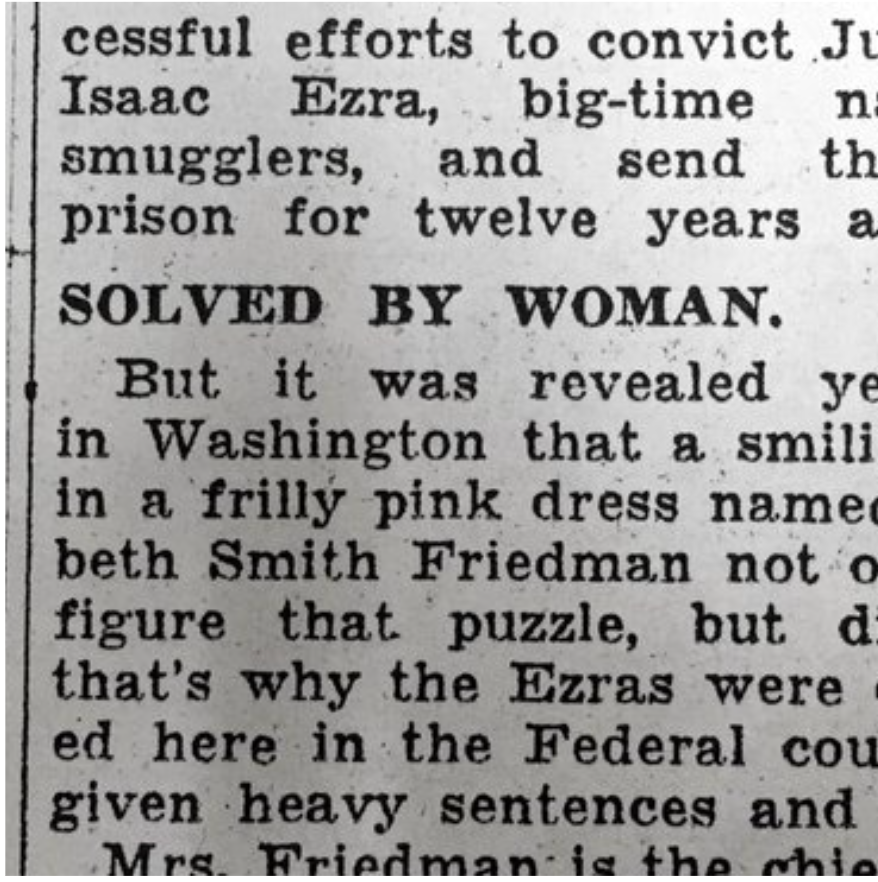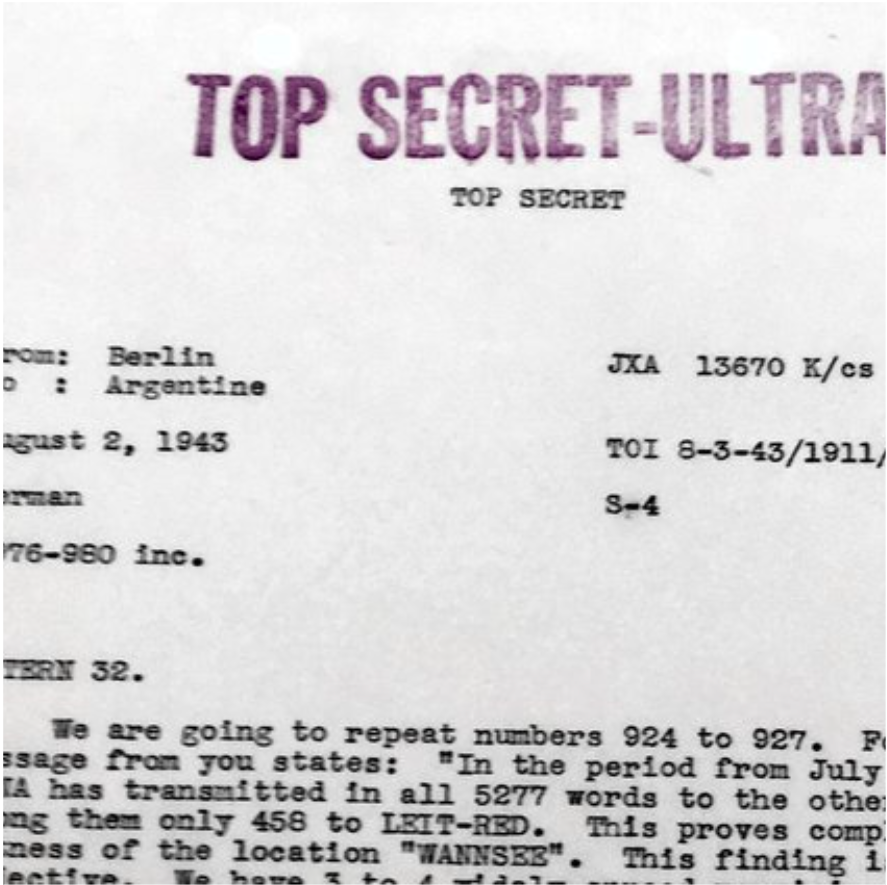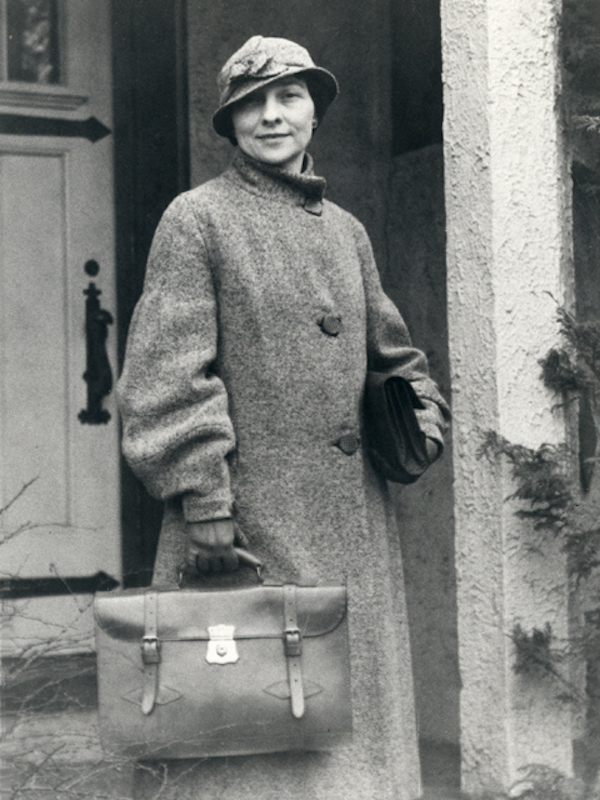[Most Recent Entries] [Calendar View]
Friday, May 21st, 2021
- Everyone is shy. Other people are waiting for you to introduce yourself to them, they are waiting for you to send them an email, they are waiting for you to ask them on a date. Go ahead.
- The more you are interested in others, the more interesting they find you. To be interesting, be interested.
- Being able to listen well is a superpower. While listening to someone you love keep asking them “Is there more?”, until there is no more.
- Learn how to learn from those you disagree with, or even offend you. See if you can find the truth in what they believe.
- Always demand a deadline. A deadline weeds out the extraneous and the ordinary. It prevents you from trying to make it perfect, so you have to make it different. Different is better.
- Don’t be the smartest person in the room. Hangout with, and learn from, people smarter than yourself. Even better, find smart people who will disagree with you.
- To make something good, just do it. To make something great, just re-do it, re-do it, re-do it. The secret to making fine things is in remaking them.
- Art is in what you leave out.
- Following your bliss is a recipe for paralysis if you don’t know what you are passionate about. A better motto for most youth is “master something, anything”. Through mastery of one thing, you can drift towards extensions of that mastery that bring you more joy, and eventually discover where your bliss is.
- If something fails where you thought it would fail, that is not a failure.
- Being wise means having more questions than answers.
- I have never met a person I admired who did not read more books than I did.
- Every person you meet knows an amazing lot about something you know virtually nothing about. Your job is to discover what it is, and it won’t be obvious.
- Don’t let your email inbox become your to-do list.
| Time | Event |
| 11:00a | 177 Pieces of Life Advice from Kevin Kelly, Founding Editor of Wired Magazine & The Whole Earth Review
Image by Christopher Michel, via Wikimedia Commons I am a big admirer of Kevin Kelly for the same reason I am of Brian Eno—he is constantly thinking. That thirst for knowledge and endless curiosity has always been the backbone to their particular art forms. For Eno it’s music, but for Kelly it’s in his editorship of the Whole Earth Review and then Wired magazine, providing a space for big ideas to reach the widest audience. (He’s also the reason one of my bucket lists is the Nakasendo, after seeing his photo essay on it.) On his 68th birthday in 2020, Kelly posted on his blog a list of 68 “Unsolicited Bits of Advice.” One bit of advice that frames his thought process and his work is this one: “I’m positive that in 100 years much of what I take to be true today will be proved to be wrong, maybe even embarrassingly wrong, and I try really hard to identify what it is that I am wrong about today.” However, the list is more about wisdom from a life well-spent. Many fall into the art of being a curious human among other humans: And this is probably the hardest piece of advice these days: Other bits of advice have to do with creativity and being an artist: And some of the more interesting ones are his disagreements with perceived wisdom: One year later, Kelly has returned with 99 more bits of advice. I guess he couldn’t wait til his 99th birthday for it. Some favorites include: and finally: There is a small shift in Kelly’s 2021 list from his 2020 list, like a little more frustration with the world, a need for more order in the chaos. I wonder what his advice will be in a few more years? Related Content: The Best Magazine Articles Ever, Curated by Kevin Kelly Ted Mills is a freelance writer on the arts who currently hosts the Notes from the Shed podcast and is the producer of KCRW’s Curious Coast. You can also follow him on Twitter at @tedmills, and/or watch his films here. 177 Pieces of Life Advice from Kevin Kelly, Founding Editor of Wired Magazine & The Whole Earth Review is a post from: Open Culture. Follow us on Facebook and Twitter, or get our Daily Email. And don't miss our big collections of Free Online Courses, Free Online Movies, Free eBooks, Free Audio Books, Free Foreign Language Lessons, and MOOCs. |
| 11:00a | The Story of Elizebeth Friedman, the Pioneering Cryptologist Who Thwarted the Nazis & Got Burned by J. Edgar Hoover Elizebeth S. Friedman: Suburban Mom or Ninja Nazi Hunter? Both, though in her lifetime, the press was far more inclined to fixate on her ladylike aspect and homemaking duties than her career as a self-taught cryptoanalyst, with headlines such as “Pretty Woman Who Protects United States” and “Solved By Woman.”
The novelty of her gender led to a brief stint as America’s most recognizable codebreaker, more famous even than her fellow cryptologist, husband William Friedman, who was instrumental in the founding of the National Security Agency during the Cold War. Renowned though she was, the highly classified nature of her work exposed her to a security threat in the person of FBI director J. Edgar Hoover. Hoover credited the FBI, and by extension, himself, for deciphering some 50 Nazi radio circuits’ codes, at least two of them protected with Enigma machines. He also rushed to raid South American sources in his zeal to make an impression and advance his career, scuppering Friedman’s mission by causing Berlin to put a stop to all transmissions to that area. Too bad no one asked him to demonstrate the methods he’d used to crack these impossible nuts. The German agents used the same codes and radio techniques as the Consolidated Exporters Corporation, a mob-backed rum-running operation whose codes and ciphers Elizebeth had translated as chief cryptologist for the U.S. Treasury Department during Prohibition. As an expert witness in the criminal trial of international rumrunner Bert Morrison and his associates, she modestly asserted that it was “really quite simple to decode their messages if you know what to look for,” but the sample decryption she provided the jury made it plain that her work required tremendous skill. The Mob Museum’s Jeff Burbank sets the scene:
Cinchy, right? Elizebeth’s biographer, Jason Fagone, notes that in discovering the identity, codename and ciphers used by German spy network Operation Bolívar‘s leader, Johannes Siegfried Becker, she succeeded where “every other law enforcement agency and intelligence agency failed. She did what the FBI could not do.” Sexism and Hoover were not the only enemies. William Friedman’s criticism of the NSA for classifying documents he thought should be a matter of public record led to a rift resulting in the confiscation of dozens of papers from the couple’s home that documented their work. This, together with the 50-year “TOP SECRET ULTRA” classification of her WWII records, ensured that Elizebeth’s life would end beneath “a vast dome of silence.”
Recognition is mounting, however. Nearly 20 years after her 1980 death, she was inducted into the National Security Agency’s Cryptologic Hall of Honor as “a pioneer in code breaking.” A National Security Agency building now bears both Friedmans’ names. The U.S. Coast Guard will soon be adding a Legend Class Cutter named the USCGC Friedman to their fleet. In addition to Fagone’s biography, a picture book, Code Breaker, Spy Hunter: How Elizebeth Friedman Changed the Course of Two World Wars, was published earlier this year. As far as we know, there are no picture books dedicated to the pioneering work of J. Edgar Hoover….
Elizebeth Friedman, via Wikimedia Commons Watch The Codebreaker, PBS’s American Experience biography of Elizebeth Friedman here. Related Content: The Enigma Machine: How Alan Turing Helped Break the Unbreakable Nazi Code How British Codebreakers Built the First Electronic Computer Ayun Halliday is an author, illustrator, theater maker and Chief Primatologist of the East Village Inky zine. Join her June 7 for a Necromancers of the Public Domain: The Periodical Cicada, a free virtual variety honoring the 17-Year Cicadas of Brood X. Follow her @AyunHalliday. The Story of Elizebeth Friedman, the Pioneering Cryptologist Who Thwarted the Nazis & Got Burned by J. Edgar Hoover is a post from: Open Culture. Follow us on Facebook and Twitter, or get our Daily Email. And don't miss our big collections of Free Online Courses, Free Online Movies, Free eBooks, Free Audio Books, Free Foreign Language Lessons, and MOOCs. |
| 2:00p | Watch the Building of the Eiffel Tower in Timelapse Animation
When the Eiffel Tower — gateway to the Paris World’s Fair and centennial marker of the Revolution — was first designed and built, it was far from beloved. Its creator, Alexandre Gustave Eiffel, an engineer known for building bridges, faced widespread condemnation, both from the city’s creative class and in the popular press. French writer Guy de Maupassant summed up the prevailing sentiment when he called Eiffel “a boilermaker with delusions of grandeur.” Before construction began, Maupaussant joined a commission of 300 artists, architects, and prominent citizens who opposed in a letter what they imagined as “a giddy, ridiculous tower dominating Paris like a gigantic black smokestack…. [A]ll of our humiliated monuments will disappear in this ghastly dream.” One critic wrote of it as a “hideous column with railings, this infundibuliform chicken wire, glory to the wire and the slab, arrow of Notre-Dame of bric-a-brac….” To these objections, Eiffel cooly replied it made no sense to judge a building solely from its plans. He also repeated his promise: the tower, he said, would symbolize “not only the art of the modern engineer, but also the century of industry and science in which we are living.” His “unapologetically industrial language,” writes Architizer, “did not please all.” But Eiffel did not boast in vain. When completed, the tower stood almost twice as high as the Washington Monument, then the tallest building in the world at 555 feet.
In the video just above, you can see the tower’s incredible construction from August 1887 to March 1889, modeled in an animated timelapse animation. Its design has far outlasted its originally short lifespan. Slated to be torn down after 20 years, the tower stands as tall as ever, though it’s been dwarfed several times over by structures that would appall the signatories against Gustave Eiffel in 1887. Indeed, it is impossible now to imagine Paris without Eiffel’s creation. Maupassant, however, spent his life trying to do just that. He reportedly had his lunch in the tower’s restaurant every day, since it was the only place in Paris one could not see it. Related Content: Building The Eiffel Tower: Three Google Exhibitions Revisit the Birth of the Great Parisian Monument Josh Jones is a writer and musician based in Washington, DC. Follow him @jdmagness Watch the Building of the Eiffel Tower in Timelapse Animation is a post from: Open Culture. Follow us on Facebook and Twitter, or get our Daily Email. And don't miss our big collections of Free Online Courses, Free Online Movies, Free eBooks, Free Audio Books, Free Foreign Language Lessons, and MOOCs. |
| << Previous Day |
2021/05/21 [Calendar] |
Next Day >> |
